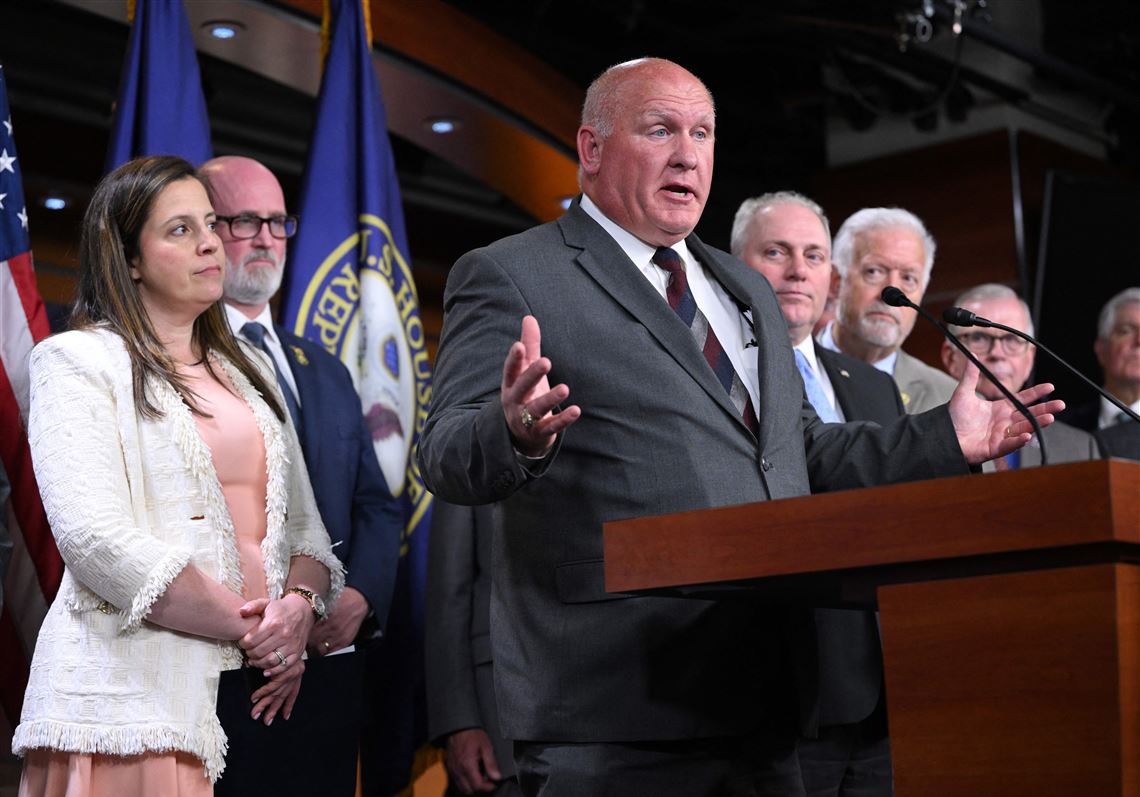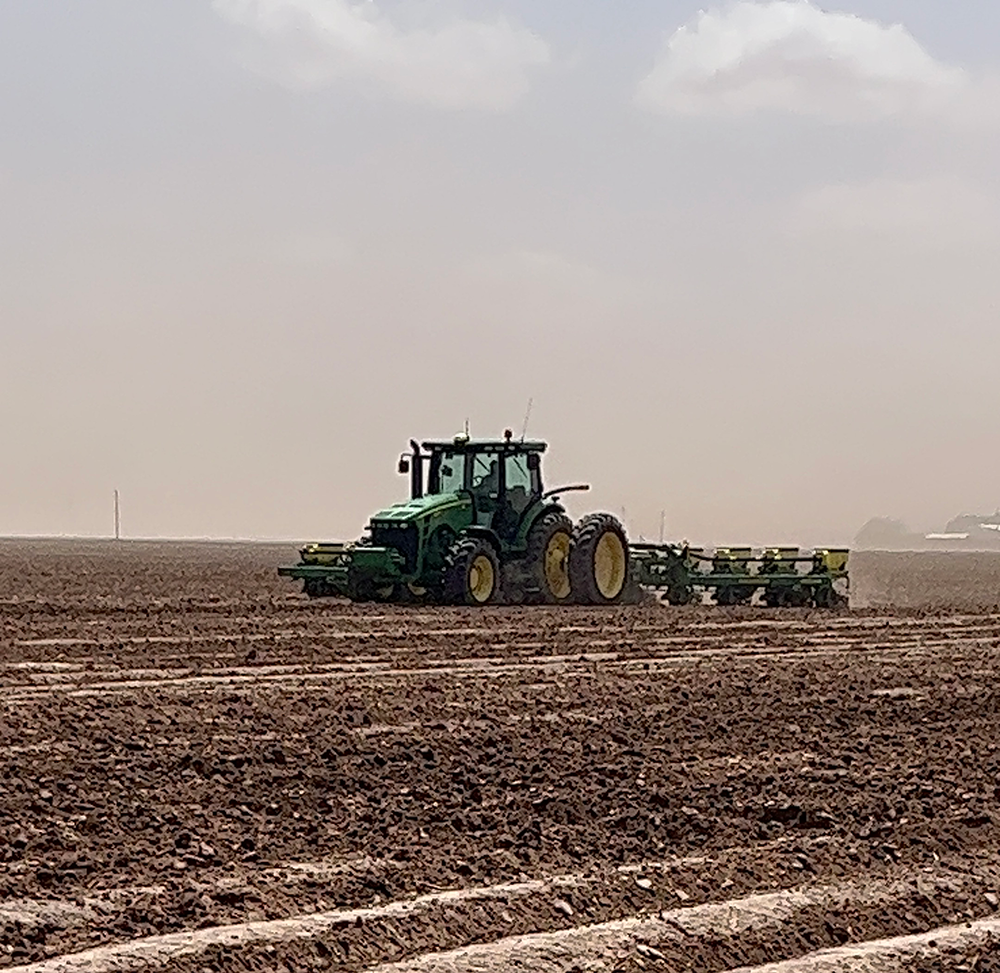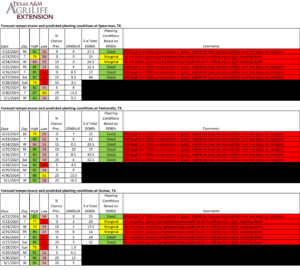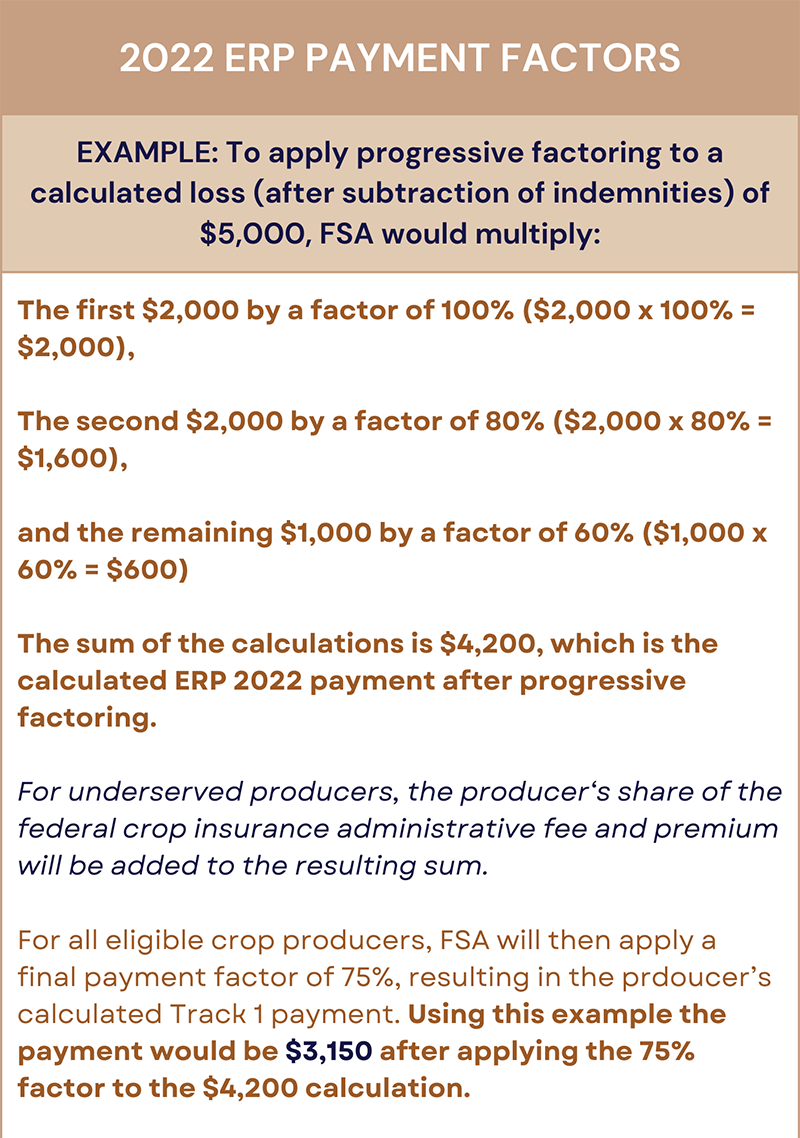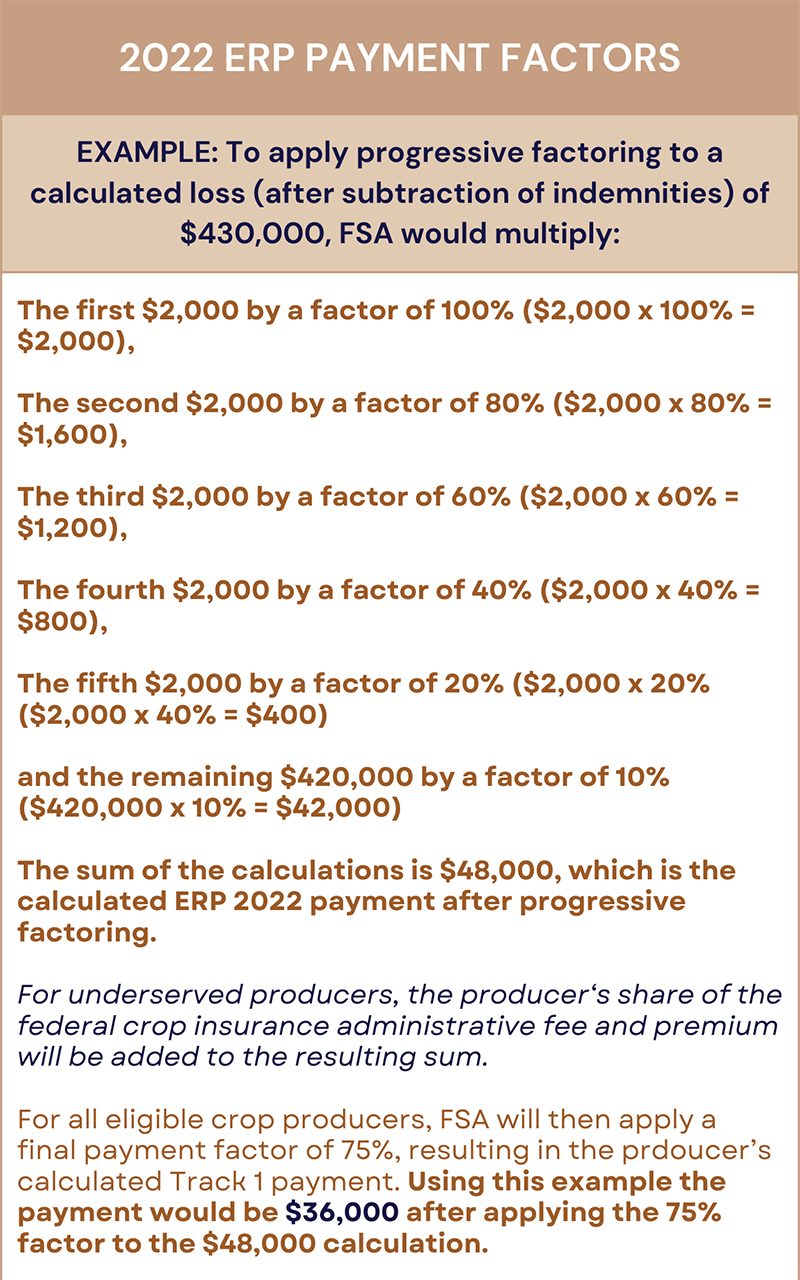By Ken Legé, Extension Cotton Specialist for the Texas A&M AgriLife Research and Extension Center in Lubbock
I keep waiting to see the inevitable cold front that we normally receive in early May, but no signs of any strong cool weather yet. Still, there is still potential in the coming days so keep that in mind when making planting decisions.
Similar to last week, we are including two planting conditions forecasts, each with three specific locations. Each shows the high and low temperatures, as well as percentage precipitation forecast. I have calculated the DD60s for each day, and a 5-d DD60 accumulation total for the next five days. Then I’ve added some commentary to help you plan your planting operations. Most comments indicate to consider your field’s soil moisture and soil temperatures.
2024 TX Panhandle Planting Conditions Forecast 042924
-
- Spearman, and Panhandle, TX, forecasts are very similar; air temperatures from today through Wednesday certainly favor planting, but I would caution continuing to do so Thursday and Friday (5/2 and 5/3) due to cool night time temps. By Saturday, the forecast favors resuming planting.
- Dumas, TX, forecast is quite a bit cooler than Spearman and Panhandle; I recommend delay planting until at least Saturday, 5/4.
- Soil temperatures are trending the lower to upper 60s, but that could change rapidly if we receive rainfall. Monitor the region’s soil temperatures using the West Texas Mesonet (https://www.mesonet.ttu.edu/), but rely solely on a soil thermometer in your field to make the final decision.
2024 Southern HP Planting Conditions Forecast 042924
-
-
- Plainview, TX, forecast shows some cooler than desired low temps from Monday (4/29) through Thursday (5/2), so I recommend delaying planting until at least Friday (5/3) or better yet, Saturday (5/5). If the warming trend continues, next week is looking more favorable.
- Lubbock, TX, forecast favors planting today (4/29) through Wednesday (5/1); the low temp forecast toward the end of the week seems variable (it changes quite a bit every time I looked at it over the last 24 hrs). If we trend toward a cooler temp forecast for Thurs night into Friday, delay planting until Saturday (5/4) or even Sunday (5/5). However, if the forecast for Thursday/Friday trends warmer, you could continue planting, if you desire.
- Lamesa, TX, forecast shows much more favorable temperatures throughout the entire week. It would be prudent to monitor the low temp forecast for Thursday/Friday (for the same reasons stated in the Lubbock discussion above). From traveling in this region late last week, I’m sure the concern is much more about available soil moisture than temperature. Plus, we have seen some great yield potential from June planting, so you have lots of time.
- Soil temperatures are in the upper 60s to lower 70s, but that could change rapidly if the region receives any rainfall. Use the West Texas Mesonet (https://www.mesonet.ttu.edu/following) to monitor the region, but rely solely on a soil thermometer in your fields to make the final decision.
-
Soil Moisture LBB 042624
Also included in this week’s forecast is a comparison of the U.S. Drought Monitor for the region from 2020 through 2024. While we’re not quite as drought-free as we were this time in 2020, we are more similar to 2020 than we were to 2021, and certainly not nearly as bad as 2022 and 2023 (years that all of us would rather forget!).

The picture below shows soil moisture status here at the Texas A&M AgriLife Lubbock Research and Extension Center in a conventionally tilled field at about 20” depth on Friday (4/26). (There was moisture even further down, I was simply tired of digging!). Certainly a good sign, but we realize that not everyone has that subsoil moisture. Perhaps this week’s rain chances will find your fields.

I will continue to send out these Planting Conditions Forecasts weekly throughout the planting season as an aid for planting decisions. These forecasts are not iron-clad, as you know, because the weather forecasts change frequently. However, the purpose of these weekly forecasts is to get growers and others who consult them to consider the temperature and rainfall forecasts in a logical manner before making the commitment to plant cottonseed, which is one of the highest input costs for a cotton crop.
If you want your specific location (down to the field level), you can access your own tailored planting conditions forecast on demand with a calculator from North Carolina State University. Go to: https://products.climate.ncsu.edu/ag/cotton-planting/ The map will default to a location in NC, but you can scroll the map to your specific location and click on a field. Click ‘submit’ and the tool will provide a two-day planting conditions forecast with commentary.
I would also suggest that growers know the actual warm and cool germs on your lot(s) of cottonseed. The cool germ especially provides you with important information about realistic expectations on emergence. Contact your local retailer or seed company representative who can provide you with that critical information.


